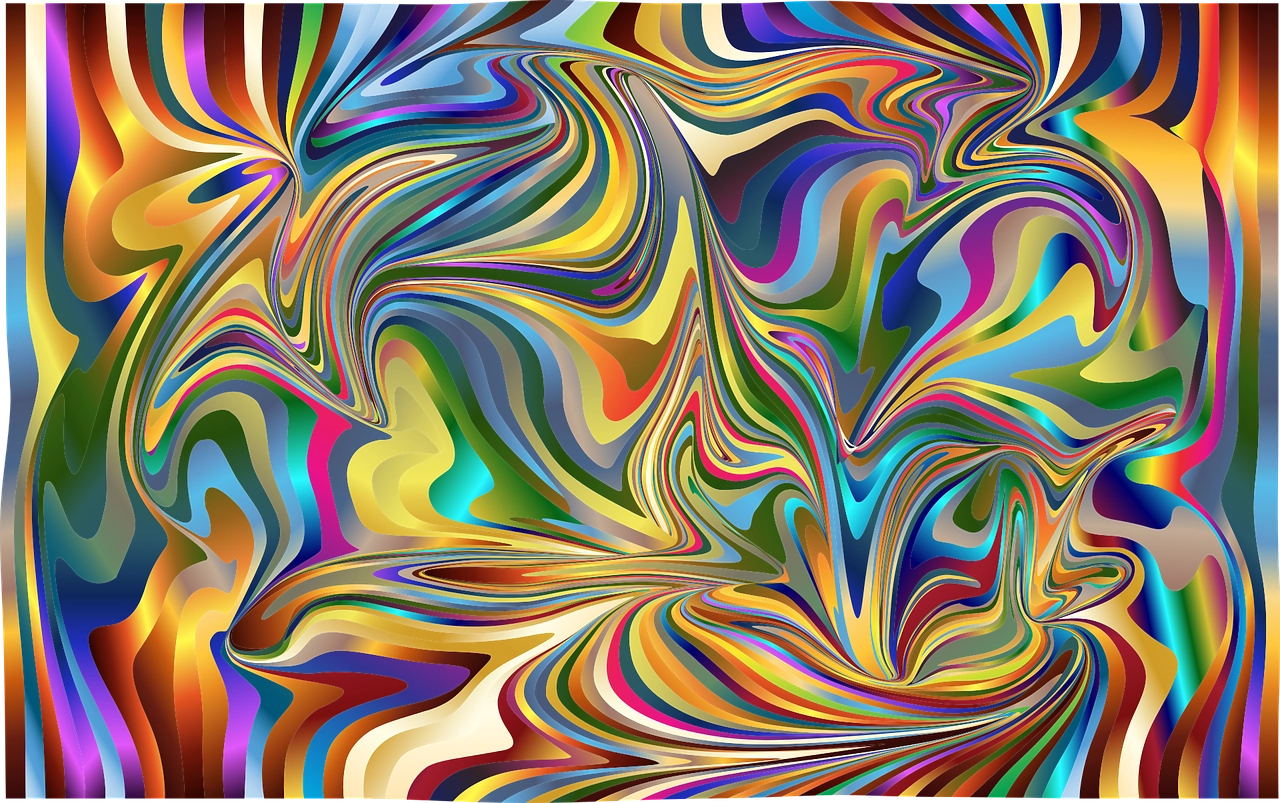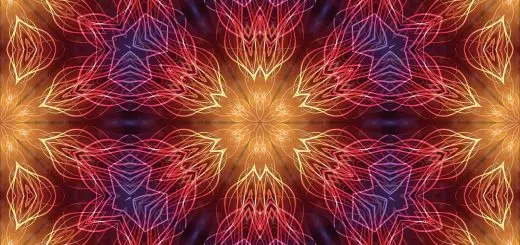Yomi: Shinto Underworld and Realm of the Dead

Looking for more amazing products? Check out our online store and explore our collection here! Happy shopping!
Before diving in, please note: This post is for informational purposes only. If you’d like to know more about how we approach topics, feel free to check out our friendly Disclaimer Page.
Hey there, amazing readers! 
We’re committed to delivering quality posts, and your support (even just sticking around despite the ads) means everything to us. So, bear with us, and thanks for helping us keep the good vibes rolling. Now, on to the fun stuff!
TRANSLATE BUTTON AT THE END OF THE ARTICLE
Overview
In Shinto religion, Yomi is considered the underworld and realm of the dead.
It holds a significant place in Shinto mythology and plays a crucial role in the Shinto afterlife.
Yomi is believed to be a dark and gloomy place, where the souls of the deceased reside after death.
This article will delve into the beliefs and concepts surrounding Yomi, explore its origins in Shinto mythology, discuss its role in the Shinto afterlife, examine the rituals and practices associated with the journey to Yomi, and shed light on its influence on Shinto funeral customs.
Additionally, this article will explore the rulers of Yomi, Izanami and Izanagi, examine Yomi’s significance in Shinto cosmology, its connections to other mythological realms, and the interactions between kami (spirits or deities) and human souls in relation to Yomi.
Introduction to Yomi in Shinto Religion
Yomi is the underworld and realm of the dead in Shinto religion.
It is often described as a dark and gloomy place, contrasting with the vibrant and lively world of the living.
Yomi is believed to be the destination of souls after death, where they reside and await their journey to the afterlife.
In Shintoism, death is seen as a transition rather than an end, and Yomi plays a crucial role in this transition.
Beliefs and Concepts Surrounding Yomi
The concept of Yomi in Shinto religion is closely intertwined with notions of death, the afterlife, and the spiritual realm.
Yomi is believed to be a deep and vast underground realm, where the souls of the deceased reside.
It is often described as a land of darkness, devoid of life and filled with shadows.
In some beliefs, Yomi is further divided into different levels or sections, each associated with different aspects of the afterlife.
Exploring the Origins of Yomi in Shinto Mythology
The origins of Yomi can be traced back to Shinto mythology, specifically the creation story of Izanagi and Izanami.
According to the myths, Izanami, the female deity, died while giving birth to the fire god, Kagutsuchi.
Heartbroken, Izanagi traveled to Yomi to bring back Izanami from the realm of the dead.
However, he was unable to see her in her true form and fled in fear, breaking the promise they made.
As a result, Izanami became enraged and declared that she would kill a thousand people every day.
Thus, Yomi became the realm where Izanami ruled as the goddess of the underworld.
Role of Yomi in the Shinto Afterlife
In Shinto belief, Yomi serves as a transitional realm between the world of the living and the afterlife.
It is the place where souls reside temporarily before continuing their journey to the final resting place.
The journey to Yomi is seen as a necessary step for the deceased to sever their ties with the physical world and fully enter the spiritual realm.
Yomi acts as a gateway to the afterlife, where the souls undergo purification and judgment before proceeding to their ultimate destination.
Journey to Yomi: Shinto Rituals and Practices
The journey to Yomi is accompanied by various rituals and practices in Shinto religion.
These rituals are performed to guide the deceased and ensure their safe passage to the realm of the dead.
One such ritual is the Bon Festival, also known as Obon, which takes place annually to honor and remember the ancestors.
During this festival, offerings are made to the deceased, and rituals are performed to welcome and guide their spirits back to Yomi.
The Rulers of Yomi: Izanami and Izanagi
Izanami and Izanagi are the divine couple who play significant roles in Shinto mythology, including their roles as the rulers of Yomi.
Izanami, the goddess, presides over the underworld and is responsible for the souls of the deceased.
Izanagi, the god, is known as the creator and the one who brought light into the world.
Together, they govern and maintain the delicate balance between life and death, light and darkness.
Yomi’s Influence on Shinto Funeral Customs
Yomi’s significance in Shinto religion extends to funeral customs and practices.
Funerals in Shinto tradition are often conducted with the belief that the deceased will eventually journey to Yomi.
The rituals performed during funerals aim to guide the soul to Yomi and ensure a smooth transition to the afterlife.
These rituals often involve purification, prayers, and offerings to honor and appease the spirits of the deceased.
The Underworld Landscape of Yomi in Shinto Imagery
In Shinto imagery and artistic representations, Yomi is often depicted as a desolate and eerie underworld.
It is portrayed as a dark and misty place, with barren landscapes, shadowy figures, and mysterious creatures.
Yomi’s landscape serves as a stark contrast to the vibrant and colorful depictions of the world of the living, emphasizing its role as the realm of the dead.
Yomi’s Significance in Shinto Cosmology
Yomi holds great significance in Shinto cosmology as it represents the cycle of life and death, the transient nature of existence, and the interconnectedness of the spiritual and physical realms.
It serves as a reminder of the impermanence of life and the necessity of embracing the natural order of things.
Yomi’s inclusion in Shinto cosmology highlights the holistic worldview of the religion, where both life and death are seen as essential parts of the natural order.
Yomi’s Connections to Other Mythological Realms
Yomi is not isolated from other mythological realms and deities in Shinto religion.
It has connections and interactions with various realms and entities, further enriching its role in the Shinto belief system.
For instance, Yomi is closely associated with the realm of the gods, known as Takamagahara.
It is believed that the divine and spiritual entities, including kami, can visit and influence Yomi, reflecting the interconnected nature of the spiritual realms in Shinto mythology.
Interactions with Yomi: Kami and Human Souls
In Shinto belief, kami, the spirits or deities, are believed to have interactions with Yomi and the souls of the deceased.
Kami are revered and worshipped in Shinto religion, and they play a vital role in guiding and protecting human souls on their journey to Yomi.
The relationship between kami and human souls is often depicted as one of mutual respect, where the kami watch over and provide support to ensure a successful transition to the afterlife.
Conclusion
Yomi, the Shinto underworld and realm of the dead, holds significant importance in the Shinto religion.
It serves as the transitional realm between the world of the living and the afterlife, where the souls of the deceased reside temporarily before continuing their journey.
Yomi’s origins can be traced back to Shinto mythology, with Izanami and Izanagi being the rulers of this dark and gloomy realm.
The concept of Yomi influences various aspects of Shinto practices, including funeral customs, rituals, and artistic depictions.
It represents the cycle of life and death, the interconnectedness of the spiritual and physical realms, and the impermanence of existence.
Yomi’s connections with other mythological realms and interactions with kami further enrich its role in the Shinto belief system.
Overall, Yomi holds a crucial place in Shinto cosmology and offers insights into the Shinto understanding of the afterlife and the journey of the soul.

The Enlightenment Journey is a remarkable collection of writings authored by a distinguished group of experts in the fields of spirituality, new age, and esoteric knowledge.
This anthology features a diverse assembly of well-experienced authors who bring their profound insights and credible perspectives to the forefront.
Each contributor possesses a wealth of knowledge and wisdom, making them authorities in their respective domains.
Together, they offer readers a transformative journey into the realms of spiritual growth, self-discovery, and esoteric enlightenment.
The Enlightenment Journey is a testament to the collective expertise of these luminaries, providing readers with a rich tapestry of ideas and information to illuminate their spiritual path.
Our Diverse Expertise
While our primary focus is on spirituality and esotericism, we are equally passionate about exploring a wide range of other topics and niches 

To ensure we provide the most accurate and valuable insights, we collaborate with trusted experts in their respective domains 
Our blog originally focused on spirituality and metaphysics, but we’ve since expanded to cover a wide range of niches. Don’t worry—we continue to publish a lot of articles on spirituality! Frequently visit our blog to explore our diverse content and stay tuned for more insightful reads.
Hey there, amazing reader! 
Check out our store here and take a peek at some of our featured products below! Thanks for being awesome!













